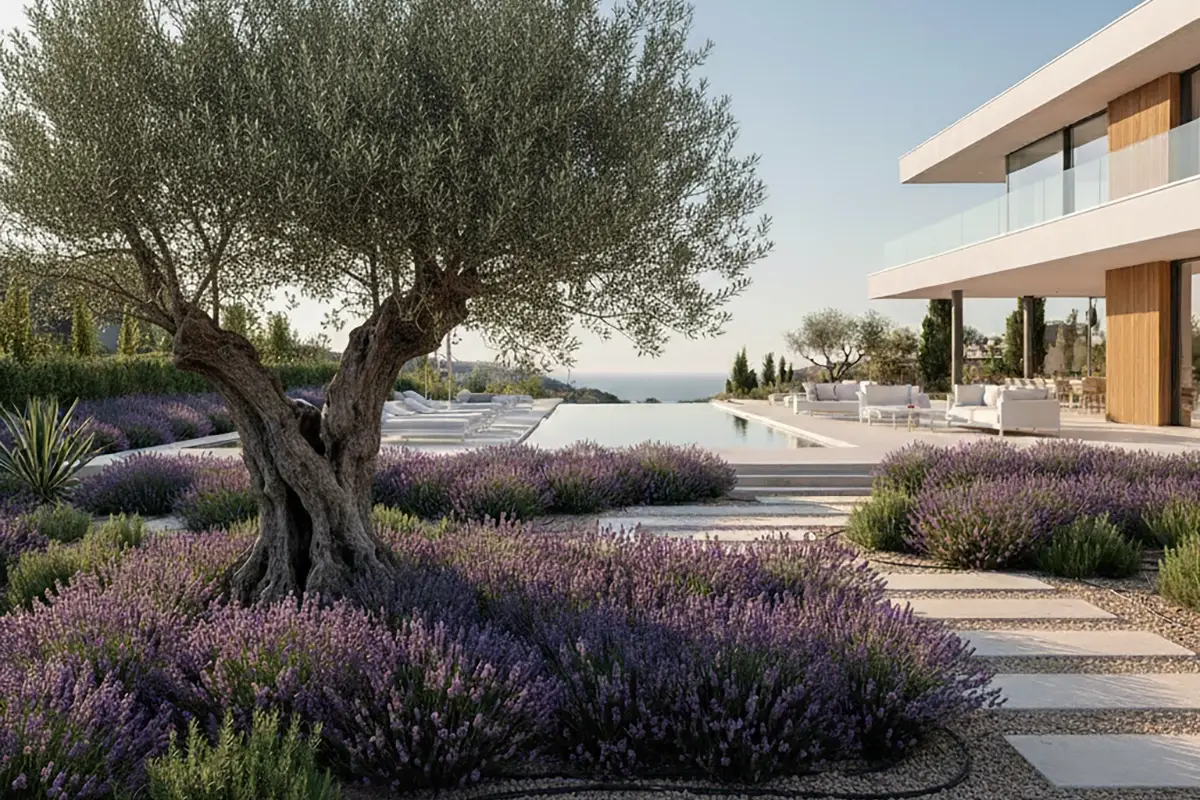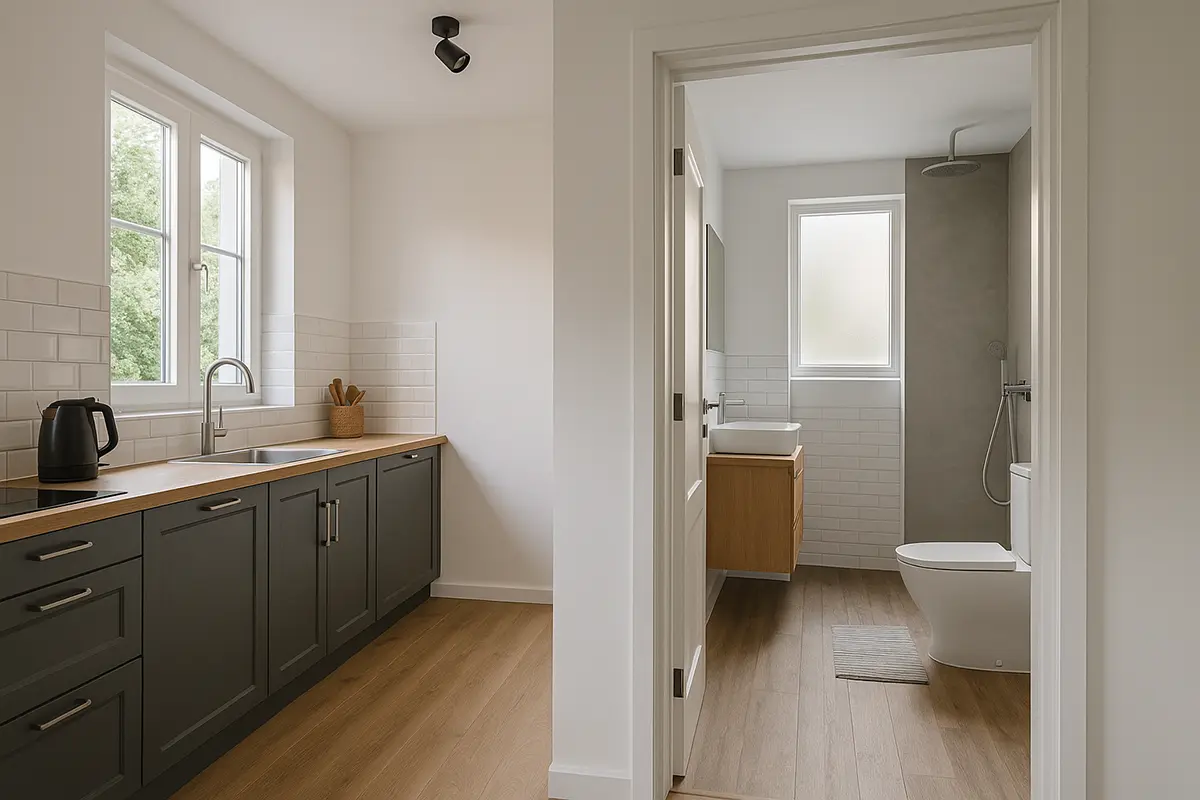Architecture is not merely about aesthetics, but about identity, functionality, and respect for the environment. In a world where the same designs are replicated from Dubai to Dublin, defending local architecture in the Costa Blanca has become an act of commitment to the territory and the quality of life of its inhabitants.
In this article, we explore why embracing site-specific design matters and how the globalisation of styles can jeopardise the essence of our towns and landscapes.
What do we mean by local architecture in the Costa Blanca?
Local architecture is rooted in the specific conditions of a place: its climate, geography, history, culture, and available materials. It’s not about copying traditional styles, but interpreting them in a contemporary and honest way.
In the Costa Blanca, this means:
-
Embracing light, shade, and cross-ventilation
-
Using local natural materials such as stone, ceramics, and lime
-
Adapting the house to the land’s topography, rather than forcing it
-
Creating spaces suited to the Mediterranean climate—like porches, patios, and terraces
The risks of ignoring local architecture in the Costa Blanca
It’s increasingly common to see “magazine homes” that could be anywhere in the world. Spectacular designs, yes—but often:
-
Poorly adapted to the local climate (e.g., large glass surfaces without solar protection, wrong orientation)
-
Built with materials that clash with the surroundings
-
Dependent on artificial heating and cooling systems
-
Disrupting the visual harmony and identity of the place
Globalised architecture aims to impress, but often ignores its context. When adopted on a large scale, it can turn once-charming towns into soulless settings.
The benefits of local architecture in the Costa Blanca
Opting for local architecture in the Costa Blanca is not about nostalgia—it’s a choice for sustainability and livability. Its advantages include:
1. Comfort with lower energy consumption
A well-designed Mediterranean home can maintain pleasant indoor temperatures year-round, without over-reliance on heating or air conditioning.
2. Reduced environmental impact
Local materials, passive systems, and designs that adapt to the land significantly lessen the environmental footprint of a build.
3. Landscape integration
Houses that blend in with their surroundings preserve visual harmony and protect local character.
4. Long-term identity and value
A house that respects its location is not only more enjoyable to live in—it also retains value and meaning over time.
Traditional vs. contemporary local architecture
It’s not about choosing between old and new. Local architecture can—and should—be contemporary. The key is thoughtful design, free from fleeting trends or imported formulas that lack local relevance.
A modern design that honours orientation, materials, and landscape is both appropriate and desirable. At La Quinta Fachada, we apply this principle to every project.
Our approach: conscious mediterranean architecture
At La Quinta Fachada, we believe that every site, every client, and every project has its own unique language. That’s why we don’t begin with a set style—we begin by listening to the site and its requirements.
From towns like Jávea, Dénia, Benissa and Moraira, we work with Mediterranean architecture as our foundation, tailoring each design to its context. We believe in clear, light-filled, functional architecture that is deeply respectful of its environment.
Thinking of building with local architecture in the Costa Blanca?
Now is the perfect time to choose an architectural approach that’s not only beautiful, but also in harmony with its setting. At La Quinta Fachada, we’ll guide you through the process of designing a home that’s unique, integrated, and full of character.
Get in touch without obligation and tell us about your vision. We’d be delighted to help you build with respect and beauty.




